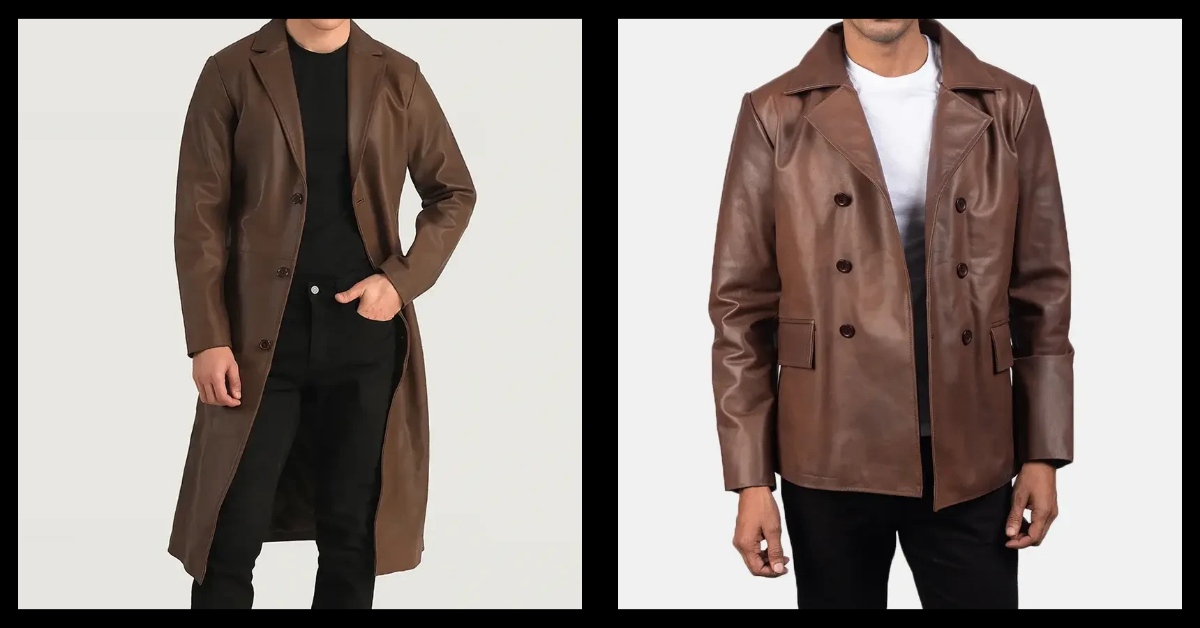A down jacket is an insulated jacket that is the best fit for the winters. It is filled with the under plumage of a goose or a duck, which makes the jacket warm and insulated by trapping the warm air in the tiny high-loft clusters. The down filling is mainly natural or synthetic based on the quality and performance. It is mainly a performance jacket rather than fashion but it does play a vital role in layering the ensemble in harsh weather conditions.
What To Expect In This Article?
What is a Down Filling
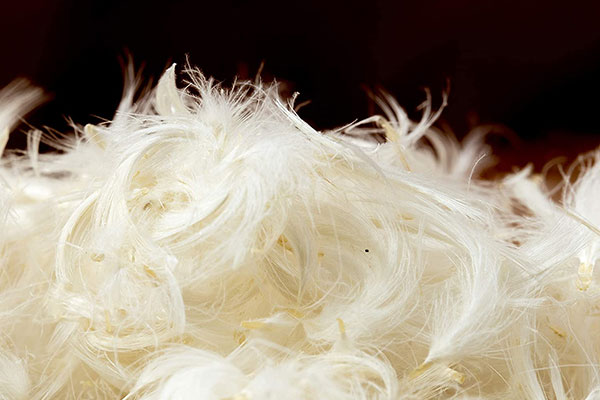
The down filling is mainly the under plumage of a goose or a duck or it may be synthetic polyester based on the quality and the warmth provided by it. The down filling is filled in making this quilted jacket to trap warm air in the air pockets and repel the cold air whilst keeping the wearer warm in the negative temperatures.
Down Filling Power
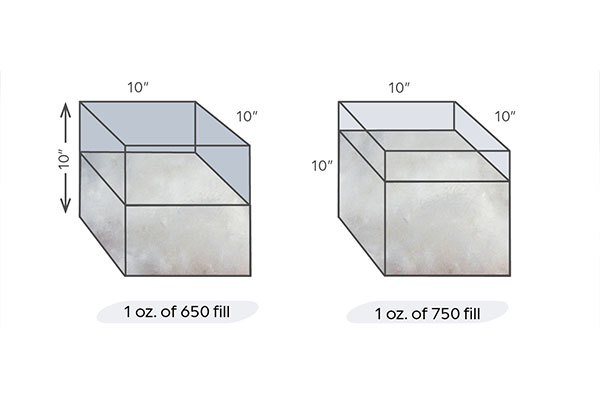
The down-filling power is highly measured due to the functionality it provides. The power ranges from 300 to 900, being the least and best respectively. Each range provides a specific amount of heat to the wearer. The filling power is measured and calculated precisely in the laboratories. The down filling power range 300-450 provides medium warmth, likewise, 450- 550 provides good warmth, 550-750 provides better, and 750-900 is the excellent range that functions the best in providing the suitable warmth in the harsh climatic conditions.
Down Insulation vs Synthetic Insulation
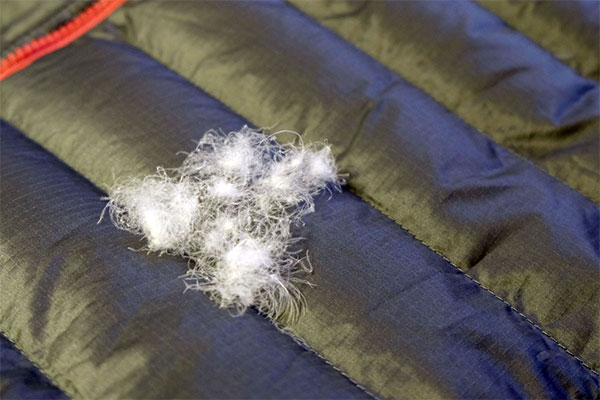
Down insulation is the first go-to when it comes to functionality and providing warmth. The natural down comes from the under plumage of goose, duck, or the mix of the two. The plumage being a natural, organic material provides the best insulation as well as makes it lightweight. The natural down also has its downside when it comes to being wet. The feather takes a long time to dry out, also making the jacket useless by losing the ability to insulate. Lastly, natural materials always come at a high price which makes the jacket expensive.
When it comes to synthetic insulation, is manufactured using polyester replicating the efficiency of natural down by arranging the filaments in a precise manner. The polyester also creates similar high-loft clusters to trap the warm air inside. The synthetic fibers tend to dry faster than the down, making it effective when it gets wet. The downside to it is it’s heavier than down as it requires more fiber to replicate the performance. The synthetic fibers are relatively cheaper, therefore making the jacket cheap.
Packability
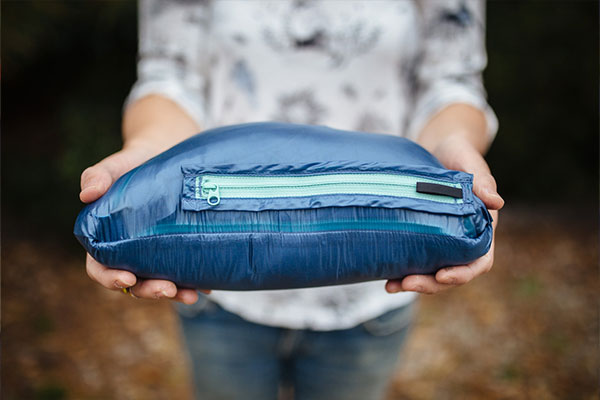
The term packability states the nature of the jacket to be compressed and packed easily. The puffiness the jacket offers makes it look harder to travel with. But due to the nature of compressibility of the under feathers, the jacket is easier to pack. The air clusters when pressed repel all the air out of the jacket, hence making it smaller and flat.
Types of Down Jackets
The jackets are available in various types and styles, differing from one another in terms of weight, design, and down fillings. The styles also differ in functionality in providing the amount of heat.
Puffer Jacket

Puffer jackets are mainly synthetic down jackets, filled with polyester fibers. It is extremely lightweight and provides extreme warmth. The puffer jackets are fluffy and cozy, providing the wearer the comfort and the warmth required. There are exceptions where real feathers are also used. Sold at a higher price.
Parka Jacket

The heavier parka jackets are sometimes filled with down along with a fur-lined hood. The jacket initially provides performance along with the touch of fashion. The parka jackets are heavier than the men’s puffer jackets but are said to be less effective in blocking the cold air.
Windbreaker Jacket
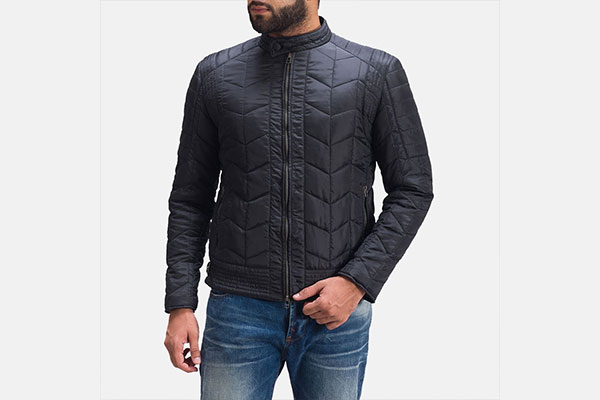
The windbreaker jackets are made out of synthetic upholstery fabric, mainly nylon, polyester, or tricot. The jacket is also filled with natural down or synthetic polyester fibers. The plus side of a windbreaker is that it offers a hood and a long length. The jacket is also light in weight when compared to the other types of jackets.
Down Jacket Care Guide
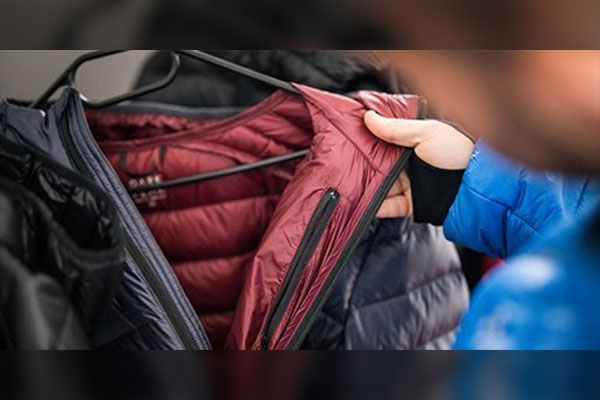
Taking care of a natural down is not as easy as the synthetic one. The natural high-loft clusters tend to dry slowly and gradually making the jacket useless when it is wet. The upholstery is usually of polyester which dries faster but the down filling matters the most. The best way to care for the jacket is by avoiding it from being wet.
F.A.Qs
The weight, puffiness, and compressibility of the jacket state the nature of the down. The weight to warmth ratio is also another way to tell if the jacket is down.
It is used for ultimate protection against chilly winds in harsh climatic conditions. The jacket provides extra protection and insulation which helps to trap the warm air inside the jacket, keeping the wearer warm.
No! It is not the warmest jacket.
Yes! As time passes the down fillings tend to lose their ability after being exposed to damp situations.
If you live in harsh winter conditions then this specific jacket is the best go-to. The jacket provides ultimate performance whilst being lightweight and effective in every way possible.
The down jacket should fit like a glove. Making the jacket hug the wearer., That is the only way that the jacket will perform the best.
Conclusion
The down jacket is the ultimate performing jacket for harsh climatic conditions. The jacket is filled with down fillings, which are mainly the high-loft clusters found inside the feathers of a goose or duck. The down filling s are measured, defining the power of the fillings which describes the ability to provide warmth to the jacket.




